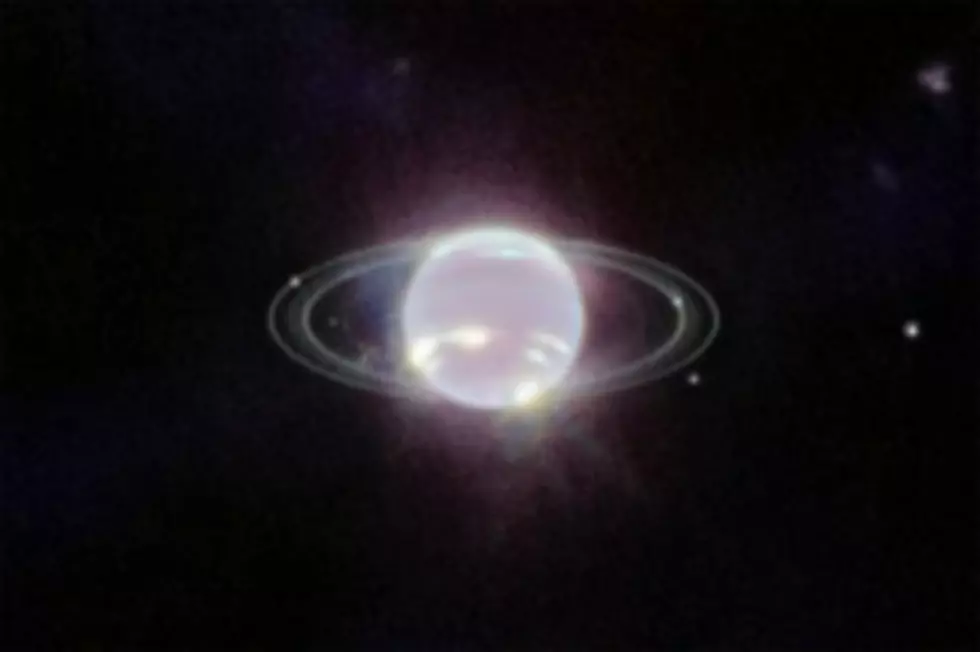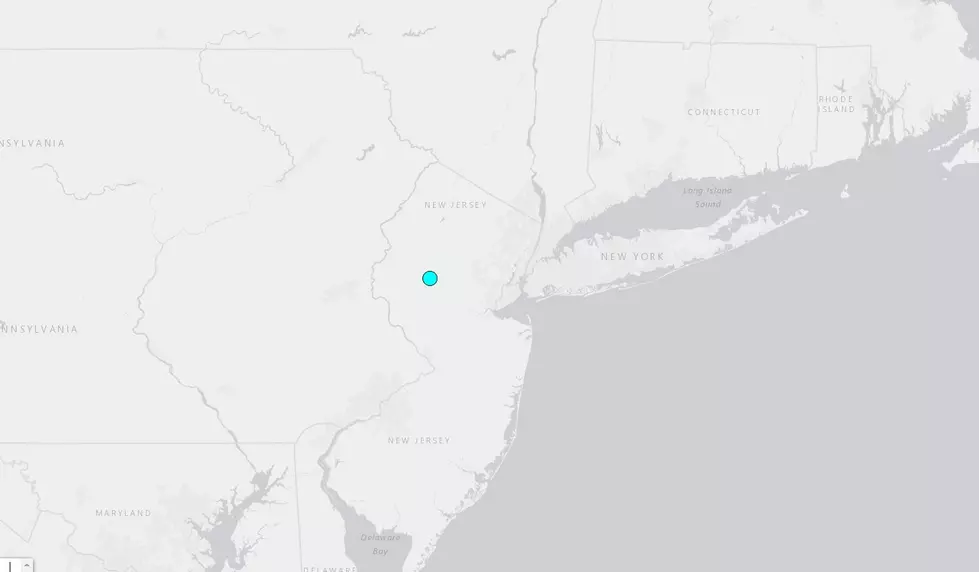
Want To See Neptune’s Rings? Thank You James Webb Space Telescope
How many of you can name all of the 9 planets? You learned them as a child correct? If you remember them all, then you know that Neptune is the 8th planet farthest from the Sun. I sincerely had forgotten that Neptune had rings. I knew Jupiter and Saturn had them. Well now, thanks to the James Webb Space Telescope we can get a better look.
The James Webb Space Telescope (JWST) has now revealed the first image of Neptune in decades that shows outer space's ice giant planet and its icy rings in remarkable detail. It's the best image of the planet's icy rings in 32 years, according to the Association of Universities for Research in Astronomy.
You can click HERE to get a closer look at some of the photos, and in comparison a few photos taken by the Hubble Telescope a year ago.
Neptune has fascinated researchers since its discovery in 1846. Located 30 times farther from the Sun than Earth, Neptune orbits in the remote, dark region of the outer solar system. At that extreme distance, the Sun is so small and faint that high noon on Neptune is similar to a dim twilight on Earth.
This planet is characterized as an ice giant due to the chemical make-up of its interior. Compared to the gas giants, Jupiter and Saturn, Neptune is much richer in elements heavier than hydrogen and helium. This is readily apparent in Neptune’s signature blue appearance in Hubble Space Telescope images at visible wavelengths, caused by small amounts of gaseous methane. You can also click HERE for more info courtesy of NASA.gov.
Space has always fascinated me. I was a fan of Star Trek, and I can only imagine that if that TV show was real, what the future may look like. Either way, to explore space with the use of the James Webb Space Telescope, will have to do for now. Enjoy the photos.

LOOK: 31 breathtaking images from NASA's public library
More From AM 1050 KSIS










